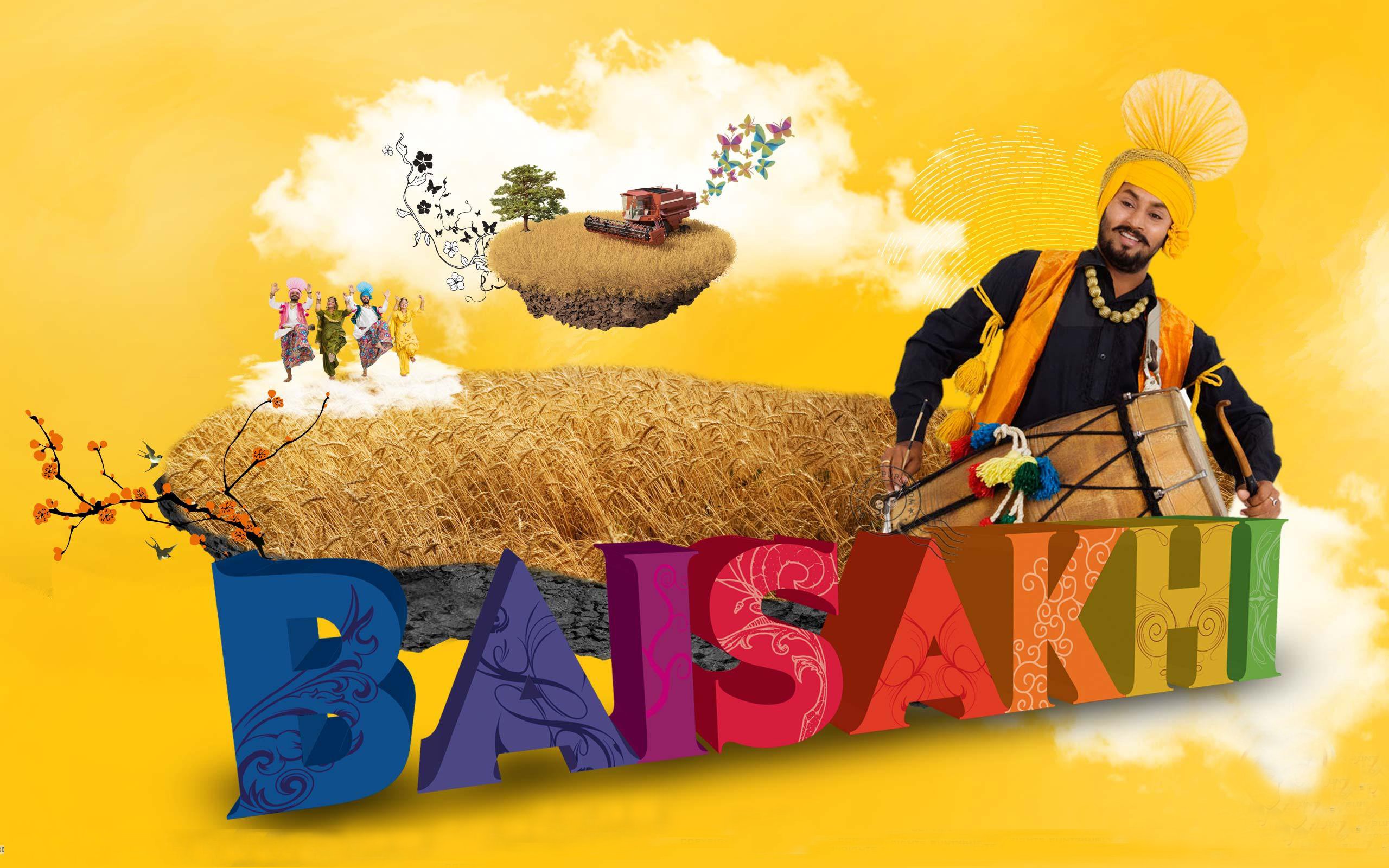Festivals in general, add colour and joy to our life. They break the monotony of our humdrum life marred by tensions and ceaseless toils of day-to-day existence. Some festivals are related to religion while many others are related to seasons of nature. Baisakhi is one such festival which has both religious and agricultural significance. It is the main festival of Sikhs.
Baisakhi is chiefly, the harvest festival of Punjab. It is celebrated to mark the arrival of the harvest season. Based on the Indian solar calendar, the festival is celebrated on April 13 every year, and April 14, once in every 36 years.
ADVERTISEMENTS:
This day marks the beginning of Hindu Solar New Year. In fact, this day is celebrated all over the country as New Year under different names. In Kerala the festival is called Vishu while in Assam it is known as Bohaag Bihu.
In Tamil Nadu this festival assumes the name of Pongal. “Whatever be its local names, it is a time of celebration, fun, merrymaking, music and dance. The celebrations are best seen in Punjab, where it is celebrated in a grand manner.
Baisakhi holds special significance for Hindus. For Hindus it marks the beginning of a new year. It is celebrated in a special manner by ritual bath, external cleaning, special prayers and worship. It is believed that goddess Ganges descended to earth thousands of years ago on this day and in her honour many Hindus gather along the sacred Ganges for ritual bath.
Baisakhi is the major festival of Sikhs. For the Sikhs it is not only a festival of harvest but also marks the birth of Sikh brotherhood and Sikh unity. It was on this day in 1869 that the last Sikh Guru, Guru Gobind Singh organised the Sikhs into Khalsa or the pure ones.
ADVERTISEMENTS:
The festival, therefore, commemorates the starting of Sikh brotherhood that has since characterised Sikh outfits. It was on this day that Guru Gobind Singh asked five volunteers to offer themselves for the protection of Sikh faith. Therefore, Sikhs celebrate this festival in a special manner. They visit temples, read holy Granth and commemorate the teachings of the great Gurus.
In honour of the ‘beloved Five’ a series of parades are held, in which sets of five men walk in front of the holy book with swords drawn. When the ceremony is over, external celebrations begin which is characterised by community meals, feasting, music and dance. It is during this time that the Sikh youth perform the famous Bhangra dance.
The dance tells the story of the agricultural process from tilling the soil till harvesting. As the dholak (drum) changes beats, the dancing sequence progress, dramatizing ploughing, sowing, weeding and harvesting.
Baisakhi is, thus, celebrated in the backdrop of the arrival of harvest season, starting of Khalsa movement and the beginning of Hindu New year. The celebration of this festival is characterised by special prayers, ritual cleansing, sharing of meals, merrymaking, music and dance. It is a joyful festival ushering a period of material prosperity and spiritual happiness to our lives.

